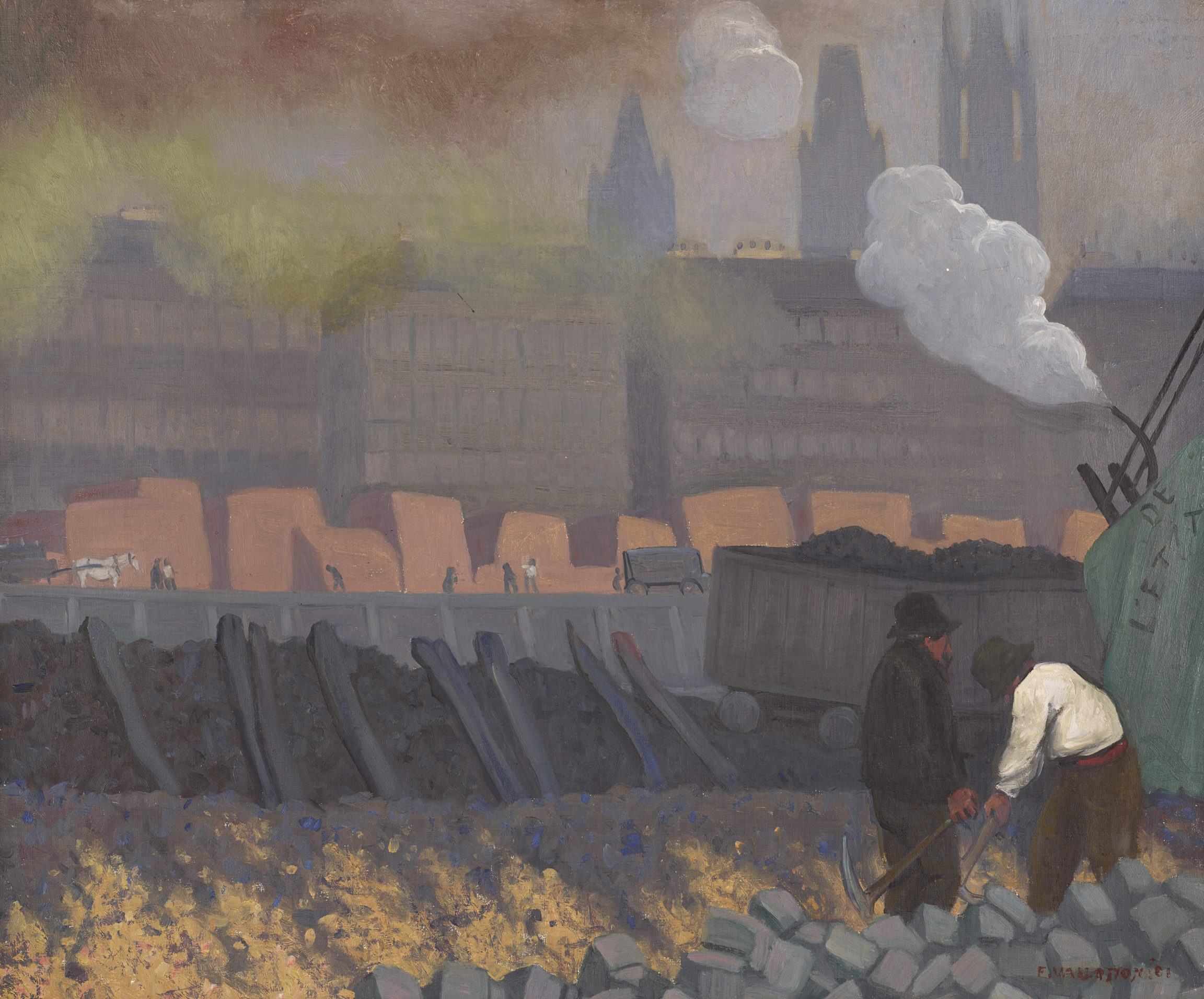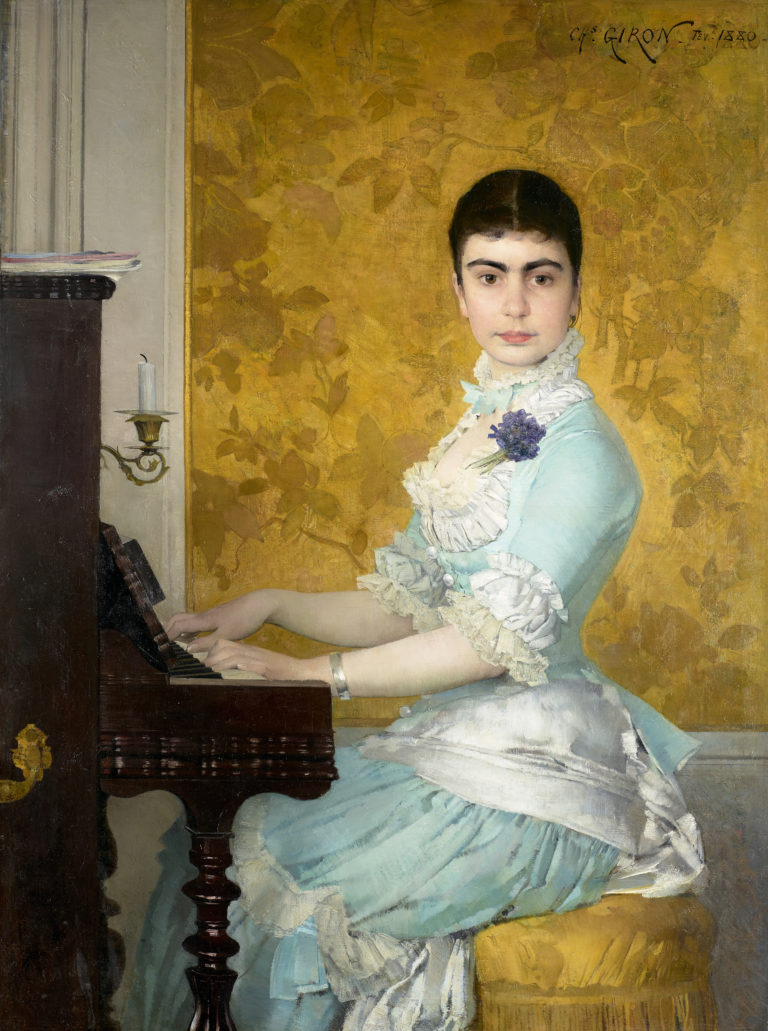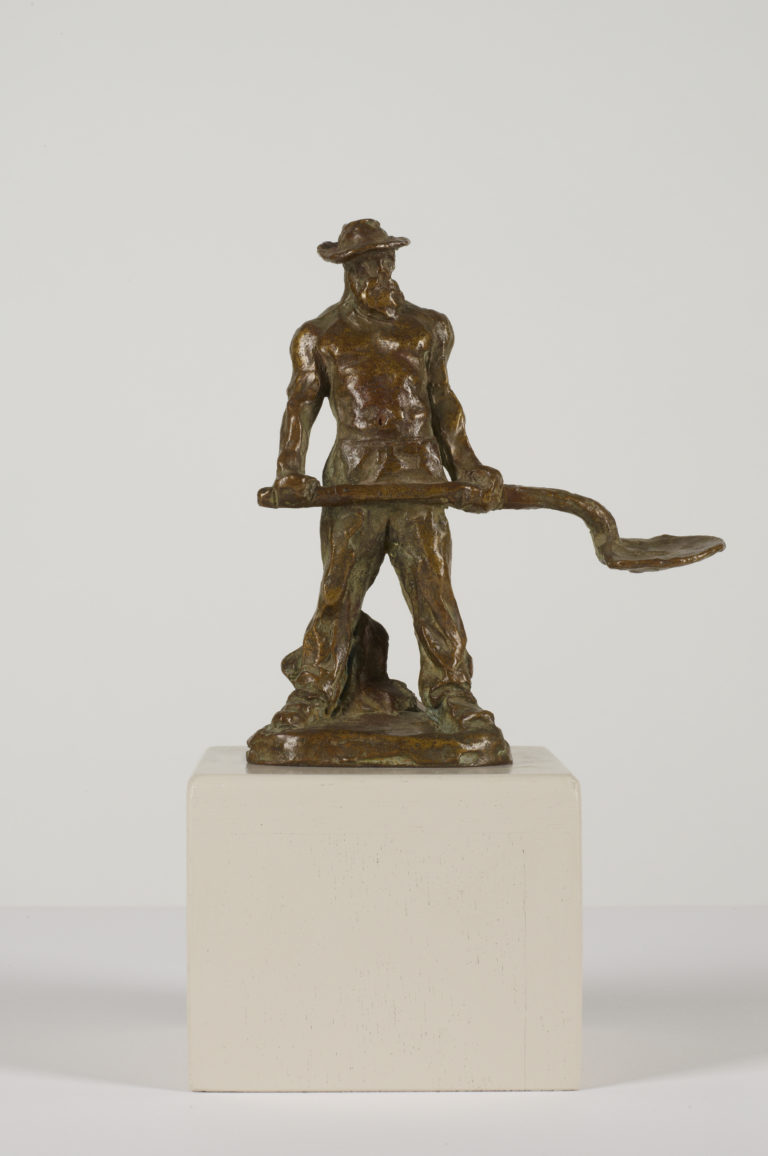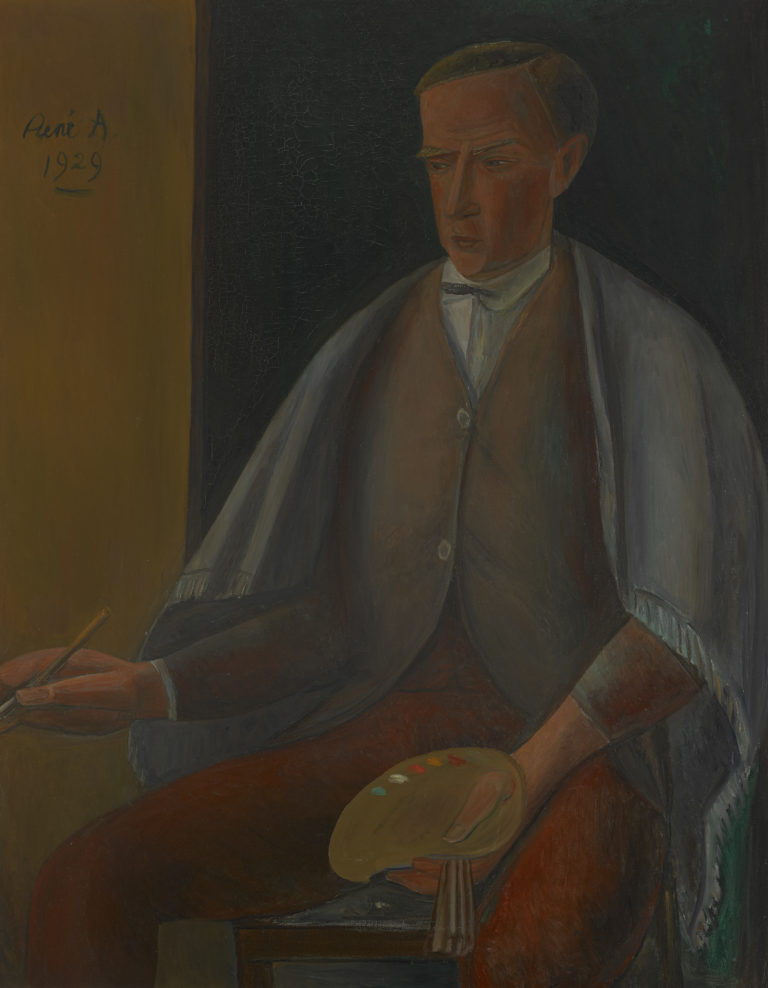Bibliography
Marina Ducrey, with the collaboration of Katia Poletti, Félix Vallotton, 1865-1925: l’œuvre peint, 3 vol., Lausanne, Fondation Félix Vallotton, Zurich, Institut suisse pour l’étude de l’art, Milan, 5 Continents Editions, 2005: n. 393.
Sasha M. Newman (ed.), Félix Vallotton, exh. cat. New Haven, Yale University Art Gallery, Houston, Museum of Fine Arts, Indianapolis Museum of Art, Amsterdam, Van Gogh Museum, Lausanne, Musée cantonal des Beaux-Arts, Paris, Flammarion, 1992.




At the turn of the twentieth century, Rouen was one of France’s busiest river ports and a popular destination for painters. Camille Pissarro visited its docks along the Seine for the first time in the autumn of 1883. Paul Gauguin painted its city centre streets and the surrounding countryside in 1884, while Claude Monet devoted a series of canvases to the façade of Rouen cathedral from 1892 to 1894.
Félix Vallotton was a frequent visitor to Normandy, but made only one painting of the region’s main city. In 1901 his favourite subject was the seaside town of Honfleur, with its fishing boats and picturesque quays lined with brightly coloured houses. Rouen appears drab and grey in contrast. The elegant buildings on the right bank are barely visible in the dull grey atmosphere and the cathedral, little more than a ghostly shadow, is stripped of the steeple that gives it its slender silhouette, swallowed up by a sulphurous cloud. We are looking at a port without water, where the business of river transport is referenced only indirectly. On the right, cut off by the edge of the paintings, is a steam-powered crane used to load and unload barges, while in the middle ground, piles of goods waiting for transport glow pink in the sun. The artist’s focus is on the workers levelling the earth on the left bank, one wearing a white shirt that almost seems to glow.
While Vallotton’s views of work sites on the banks of the Seine in Paris painted the same year are characterised by powerful, energetic diagonals, here the work is built in horizontal bands. Certain stylistic features, such as broad swathes of colour, are reminiscent of Vallotton’s Nabi period. The return of a sense of volume, most notably in the piles of goods, the whorls of smoke, and the golden shimmer of the earthworks, foreshadows the composite landscapes he was to work on after 1909.